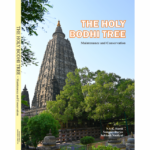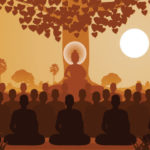

Vipassana : As I Experienced It (Part-III)
– By Ranjeet Chowdhury
In the first two parts of my present write-up, I didn’t really touch the subject of meditation as such except at one place where I had briefly discussed about the most appropriate way to meditate as per my understanding of the subject thus far. Now in this part I would, for the first time, discuss the Vipassana technique as I could get to understand it during my stay at Dhamma Giri (Igatpuri) and in about two and a half years thereafter.
I am very much aware of my incompetence to comment on the Vipassana technique with very little experience I have of the same. I am also mindful of the fact that my relating the technique to other spiritual/yogic practices may not go well with certain readers; for which I extend my sincere apologies beforehand. I reiterate, I have no intention whatsoever to claim any punditry over the subject and the observations made are purely a layman’s view and are discussed with the sole objective to have a better understanding of the subject.
Much before I was introduced to Vipassana technique, I had heard about the body-scan method of meditation in which we lie down with our eyes closed in Savasana (corpse pose), calm our breath by concentrating on it and then move our attention from one part of our body to another from head to toe, paying attention to the sensation we might feel in each part. In the process we may even be reminded of some pain/discomfort we had experienced in the past on account of some injury or wound at a particular point. It was advisable to keep the whole process of scanning as slow as possible depending upon the time we could devote of course.
The objective of the whole exercise, as I could gather, was to concentrate on our body and to feel it consciously. The process calms our body down thereby makes us feel rejuvenated. The idea behind must be the fact that wherever we put our attention to, we improve the quality of it. For example, if we simply put our attention to our breath, it gradually settles down without our trying to control it in any manner. Just putting our attention to our breath regulates the same, effortlessly. Similarly, paying attention to our body, being aware of it, soothes it and we feel relaxed and re-energized.
Later, when I got acquainted with Kundalini awakening, I came to know of another meditation technique called ‘Chakra Meditation’ which is meant to facilitate opening/activation of our chakras or ‘energy centres’. Unlike ‘body-scan’ method, in Chakra Meditation, we meditate in a sitting posture, preferably in Padmasana (lotus posture) keeping our back straight, concentrate on our breath for some time and then move our attention from one Chakra point to another starting from the Base/Root Chakra (Muladhara) at the centre of our pelvic floor, through the Sacral Chakra (Swadhishtana) just below the navel area; the Solar Plexes Chakra (Manipura) just above the naval; the Heart Chakra (Anahata) half way between our nipples; the Throat Chakra (Vishuddha) at the throat pit; the Third-Eye Chakra (Ajna) between our eyebrows till we reach the Crown Chakra (Sehasrara) at the top of our head.
We could practice Chakra Meditation in circular motion as well where we move our attention from one trigger point to the next in ascending order in the front of our body (as above) starting from the base chakra upto the crown chakra at the top of our head; and then descend down along the spinal cord (the actual Chakra points) moving from one point to another till we reach the end of the cord at the Base/Root Chakra and repeat.
Each of these Chakras or energy centres represent specific emotional/physical thing in our body and by paying attention to these Chakras we activate/align them to ensure overall well-being of our body.
Now, in Vipassana technique of meditation, we sit with our spine straight, relax and concentrate on our breath without making any effort to control it in any way. We prolong this exercise as long as it requires to sharpen our attention and thereafter we move our attention to the top of our head and try to feel any sensation that may be there focusing on small patch of the area at a time and then slowly move our focus down to other areas, patch after patch covering every inch of our physical body surface, till we reach to the tips of our toes. I found the technique quite similar to that of Vipassana except the posture.
The common objective of all the three meditation techniques I discussed above is to attain a state where we are in complete awareness of our body – complete unbroken awareness. This state of awareness is required to bring equanimity/composure to our body enabling it to lead us to higher dimensions of life and beyond. The effort we make to meditate is only a very tiny step forward towards opening of a whole world of infinite possibilities and the physical well-being we experience during the process is the smallest reward we could have out of this small effort on our part.
What is the larger objective then? What experiences do we have once we really able to calm ourselves down and achieve the stillness of body mind? What is the ultimate goal we aspire to achieve through meditation?
I would discuss all this in the next part of my present write-up.
https://ranjeetchowdhury.in

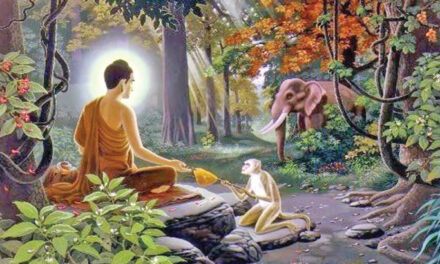
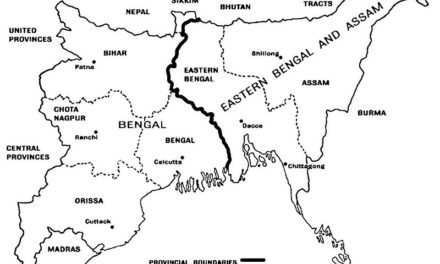


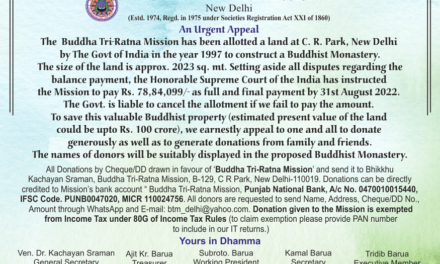
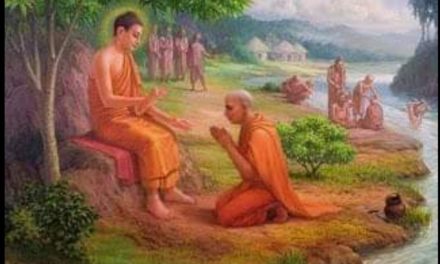
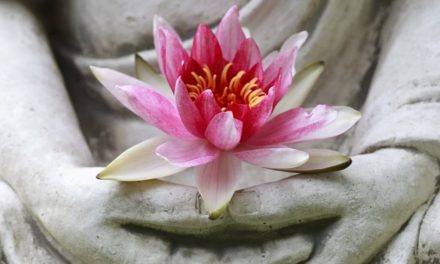
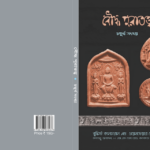

![Monuments of Mahabodhi [Mahavihara] Temple Complex Bodhgaya](https://baruasamaj.ezdivi.com/wp-content/uploads/sites/5/2023/10/Monuments-Book-Title-150x150.png)
